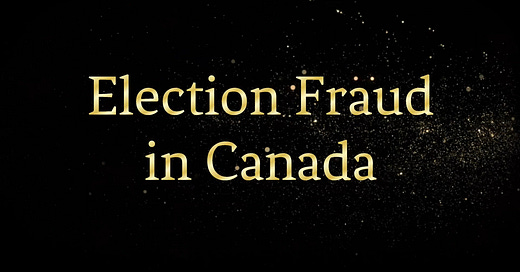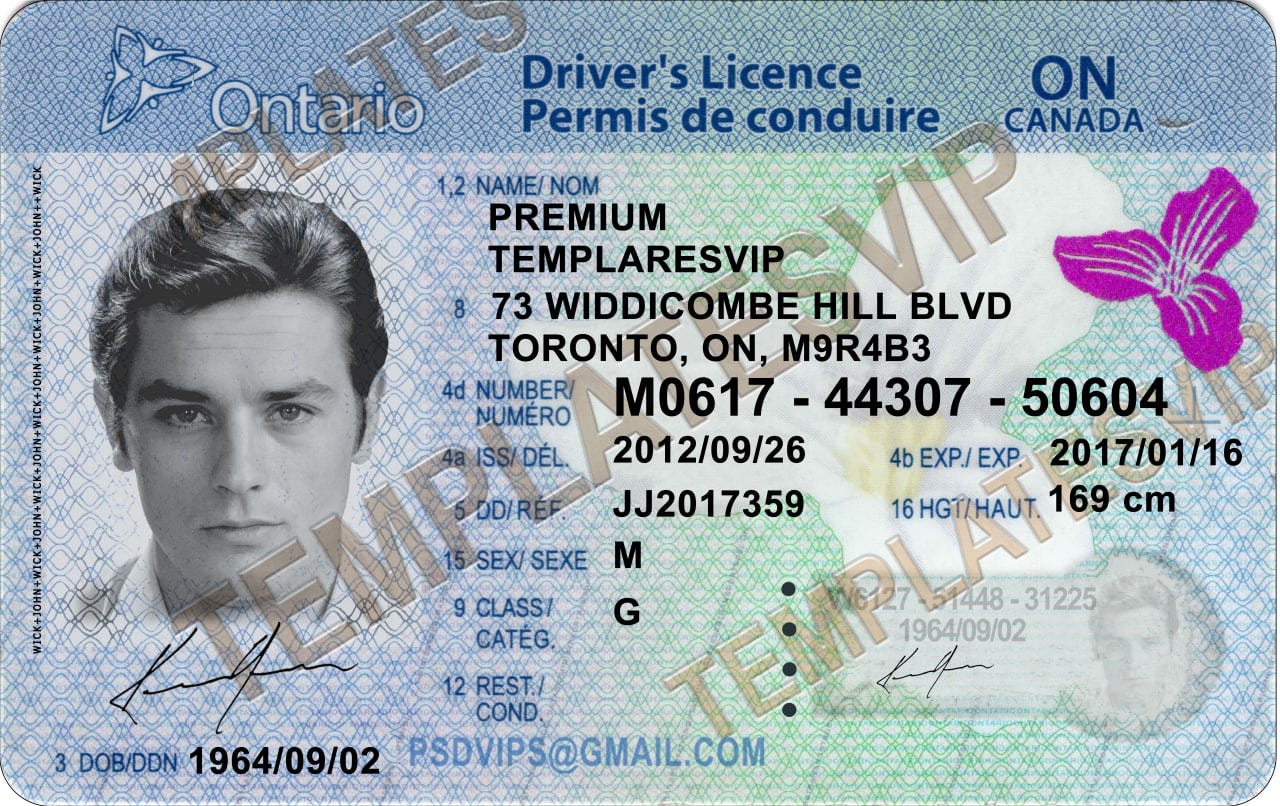When I learned that the Conservatives lost the election, I was stunned. Yes, I’d seen the polls showing their 20 point lead evaporate, but I did not believe them. Why? There are a few reasons. First, the same thing happened in the States, where the polls were predicting a Harris win and Trump defeat. Yet that didn’t happen. In the States, Trump had huge attendance at his rallies, while Harris had much smaller numbers. The same thing happened in Canada. The Conservatives had big numbers at their rallies, while the Liberal rallies were sparse in comparison and the NDP support was almost nonexistent. Finally, there were the reports of using mirrors at indoor Liberal and NDP rallies that tried to make their numbers look bigger, showing a recognition by media of the lack of support for the Liberals and NDP.
And yet, the Liberals won.
Many weeks have passed, and during that time I continued to try and wrap my head around it. Are we, in Canada, witnessing a stolen election, like Trump and many Republicans claimed in 2020 in the States?
I didn’t know. I began to hear rumblings about it, but I have to admit I didn’t want to think such a thing can happen here in Canada. Canada is supposed to be … well, better. At least, that’s what we keep telling ourselves.
Then I came across this interesting video on YouTube from Made Great Canadian Media, hosted by a man named Spencer. This channel is worth following on YouTube and X! He puts forth a compelling argument and the video is worth the 32 minutes of your time to watch.
I agreed with Spencer’s conclusions of vote tampering, foreign interference, and the highly suspect number of votes that went to the Liberals. It’s mathematically impossible. So how did they get the votes? Even disregarding spoiled ballot counting which would not account for those massive numbers - where would the votes have come from? How could someone manage this fraud - if the fraud truly existed?
Then I came across this video from Blendr News and it’s absolutely stunning! In under three minutes, this man goes through a recount in the Milton East-Halton Hills South riding. Before the recount, the Conservative candidate was in the lead. Then Elections Canada ‘found’ 554 new ballots somehow. 328 were rejected, leaving 226 valid votes. To have 59% of these votes rejected for some reason is stunning enough. But it gets worse. Somehow the Liberal candidate gained 290 votes, out of 226 votes! There’s more - watch the video!
Watching that video made me feel sick, because the numbers cannot be refuted. There’s no way that 99.7% of all new or ‘flipped’ votes could go to just one party.
So that riding has been rigged. Have others? Regardless, it doesn’t answer the more important question. Where are all the extra votes coming from?
I believe I just figured it out.
A short while ago I was at Goodlife, finishing my workout with my usual 20 minute stint in the sauna. There was someone already inside and we got to chatting. I noticed his accent and commented on it, and he shared where he’s from. I’d seen a lot of media coverage of the issues going on in his home country, in particular with election fraud. When I asked him about this, he said election fraud was definitely happening, but it was happening here in Canada as well.
Now I became even more intrigued and asked him what he meant. He told me he’s a permanent resident in Canada, and that he had just voted in the 2025 Canadian election, and he knows others that did as well!
My face must have looked like the pic above as I stared at the man without speaking for about 10 seconds. The answer to the ‘where did the votes come from question’ slammed into my head with the impact of a freight train. My brain furiously reviewed what I thought I knew about voting eligibility for residents.
“But, permanent residents aren’t allowed to vote, right?” I asked him.
“They’re not,” he confirmed.
“Then, how did you do it?” I asked.
“I just showed my Ontario driver’s licence and they let me vote.”
I was too stunned to be angry. I thought of my own voting experience. I gave the Elections Canada person my voter ID card and showed my Ontario driver’s licence. She verified me on the list she had and crossed out my name, then gave me a ballot. But you don’t need the voter ID card. You just need something that has your photo and address on it.
I wish I’d asked him more details. If I see him again I definitely will, and will add an addendum to this post or perhaps write another. At any rate, what one must realize is that nowhere on the Ontario driver’s licence does it say the person’s citizenship.
In fact, no provincial driver’s licence in Canada displays citizenship.
Now, a driver’s licence isn’t the only piece of identification one can use. One could use their health card too. But it doesn’t have citizenship status either.

As you can see in the picture above from the Elections Canada website, it would be fairly easy to be a permanent resident and vote in Canadian elections.
In fact, there are 45 IDs listed as acceptable for proof of identity on the Elections Canada website, and only 3 of them list the person’s citizenship status!1 They even accept expired ID, as long as it has your name and address! Are you starting to smell election interference?
Is it easy for a permanent resident in Canada to get a driver’s licence? Yup! As long as the person meets the requirements, which focus on residency (where you are currently living), identity, and driving ability—not citizenship.
What about health cards? Same thing! As long as the resident meets the requirements, the person can get a health card in Canada, which does NOT show citizenship.
Now, I bet you’re wondering how many permanent residents were in Canada at the time of the election. That’s a bit tricky, so I used Grok (X’s AI) to make a conservative estimate. A post on X from May 12, 2025, claimed that the total population of permanent immigrants in Canada was over 9.6 million, representing about one-quarter of the current population. Yes, you read that correctly. About 1/4 of Canada’s population are permanent residents.
This number doesn’t account for potential outflows (e.g., permanent residents who leave Canada or become citizens), but such data isn’t readily available. Immigration, Refugees and Citizenship Canada (IRCC) reported 836,900 permanent residency applications in processing as of December 31, 2024, but this reflects pending applications, not yet landed immigrants.
Just to give you some background information, it takes a long time to move from permanent resident to Canadian citizen. On average, it takes around 3 years and 9 months (roughly 3.75 years) to go from permanent resident to citizen, assuming you meet the physical presence requirement immediately (physically living in Canada) and face no delays. However, factors like time spent as a temporary resident, application errors, or additional eligibility checks (e.g., language proficiency or criminal history) can extend this timeline. Some applicants might take closer to 4 years or more if they need to accumulate additional days in Canada or if processing times increase.
Knowing this, think of the number of immigrants (not including temporary foreign workers or foreign students) coming into Canada each year for the last four years. Here’s what Statistics Canada says:
2021 - 405,000 new permanent residents were admitted
2022 - 431,645 new permanent residents, a record high, as confirmed by Canada.ca
2023 - Statistics Canada data shows 471,550 permanent residents were admitted, the highest single-year total since Confederation
2024 - Statistics Canada reported 483,591 permanent residents for the full year
That’s 1,791,786! Obviously most of these people aren’t illegally voting. But some are. The question is, how many?
But it isn’t just the number of permanent residents. What about the temporary foreign workers? Can they get a driver’s licence? Yup. To obtain a provincial driver's licence, temporary foreign workers typically need to meet residency requirements, provide proof of identity (like a passport), and show their work permit. Can a temporary foreign worker get a health card? Yup. A temporary foreign worker can get a health card in Canada, but eligibility depends on the province, the worker’s permit duration, and specific program rules. Each province manages its own health insurance plan, and coverage for temporary foreign workers varies. For example, seasonal workers in Canada for less than six months may not qualify. May.
So the next logical question is this: how many temporary foreign workers were in Canada at the time of the 2025 election?
To estimate the number of temporary foreign workers in Canada at the time of the election, we need to consider available data and trends, as no exact figure for that specific date is directly available. The 2025-2027 Immigration Levels Plan from Canada.ca, published on October 23, 2024, notes that Canada aimed to reduce the temporary resident population to 5% of the total population over three years, starting in 2025. On January 1, 2025, Statistics Canada estimated Canada’s total population at 41,528,680. If temporary residents were targeted to be 5% of the population, that would be approximately 2,076,434 temporary foreign workers (41,528,680 × 0.05) by the end of the three-year period. However, this target is a future goal, and the actual number in April 2025 would be higher, as the reduction was planned to occur gradually. So, at minimum, we have 2,076,434 temporary foreign workers in Canada.
Guess who else isn’t a Canadian citizen, yet can get a driver’s licence? You guessed it - foreign students. They can get a health card too. Just how many foreign students were in Canada during the 2025 election? Over 1 million international students were in Canada, according to estimates from various sources. Specifically, a report from April 2024 noted that the number of international students with active study permits exceeded 1,030,000 in 2023, and this figure remained relevant into 2025 despite policy changes aimed at reducing new study permits. A 40% reduction in new study permits issued in 2024 primarily affected new arrivals, not the total number of existing students. Since study permits are typically valid for the duration of a student's program (often 1–4 years), the total number of international students in Canada at the time of the election was likely still around or slightly above 1 million, accounting for both new and continuing students.
So let’s tally the number of people that aren’t Canadian citizens, yet have driver’s licences and health cards (or other documents approved by Elections Canada), and therefore, if they wanted to, could fool the system and go vote - even without a voter card.
9,600,000 permanent residents
2,076,434 temporary foreign workers
1,000,000 foreign students
Grand total: 12,676,434!
And where do immigrants typically reside? Cities. And what party did most city ridings vote for in Canada this past election? Liberal. Hmmmmmm.
Obviously most of these people didn’t vote. But what if 10% did? That’s still well over a million. What if an outside actor organized some of these people to vote illegally, taught them how to not get caught (let’s be honest, it would be super easy), incentivized them to vote by saying the other parties want to limit future immigration so that you won’t be able to bring over extended family? Or, other parties want to eliminate some or all of the money that the government gives to new immigrants to help them? Or only a specific party would continue to support high foreign student numbers?
We have the evidence of the videos above. I have the confession of a permanent resident who told me that not only did he vote, but many permanent residents that he knows voted too.
Regardless of how many people you think did this, and whether it had an effect on the election outcome, I think we can all agree that this loophole needs to be closed. Election integrity is of utmost importance to a democracy.
The solution is easy. To vote, one must bring what Elections Canada already requires PLUS proof of citizenship: a citizenship certificate, birth certificate or passport.
Problem solved.











Share this post